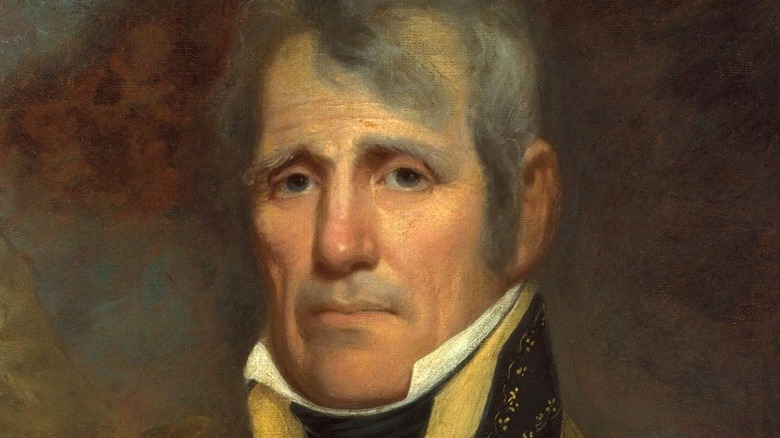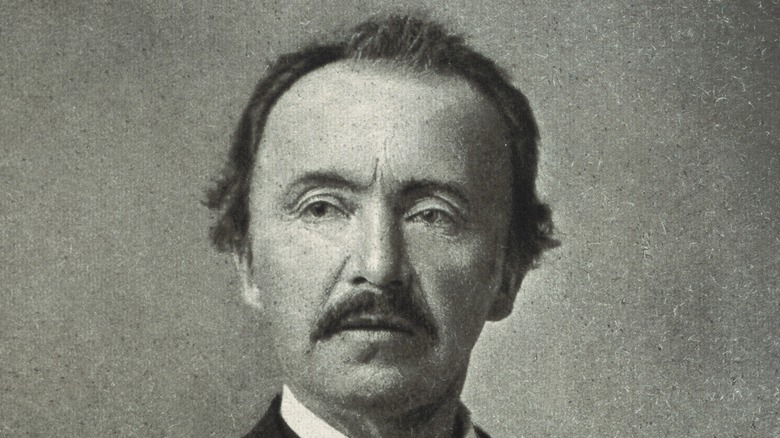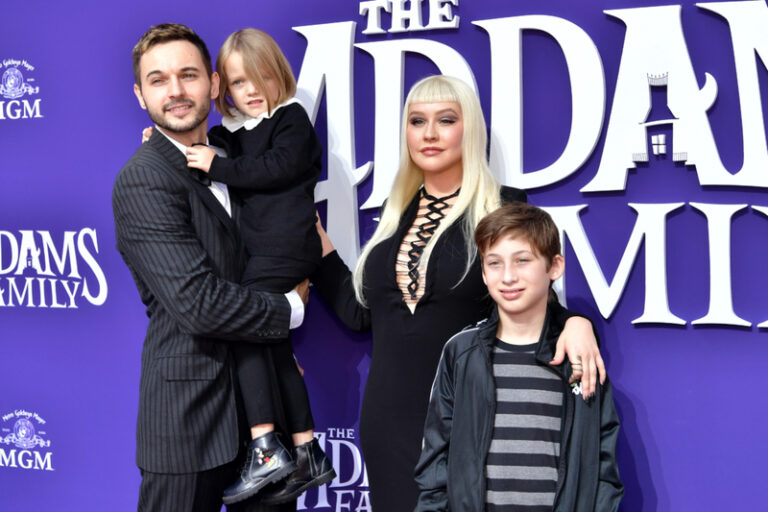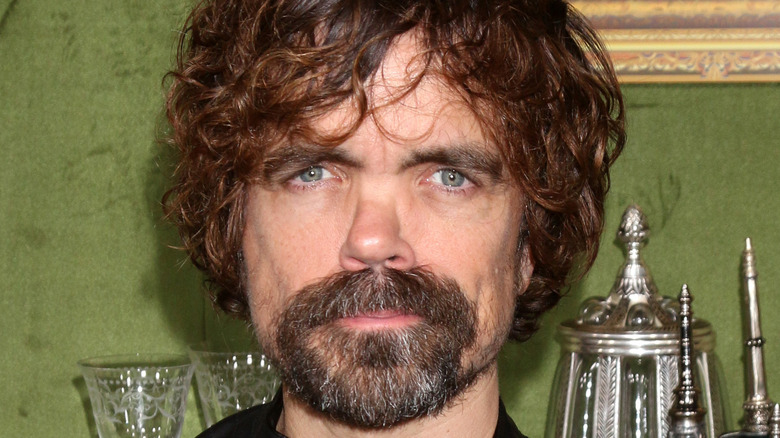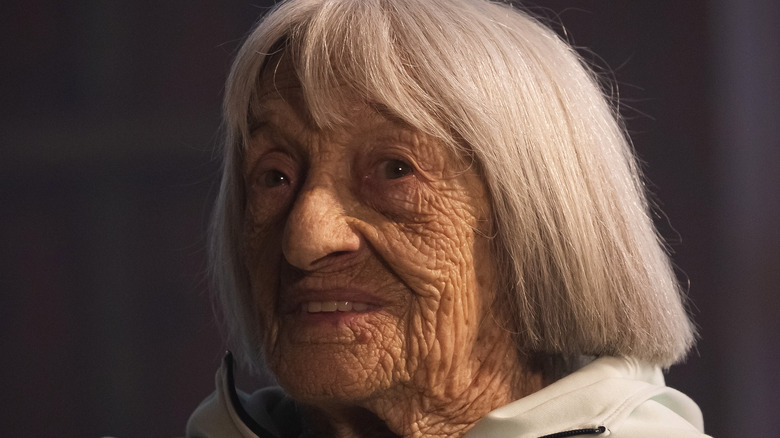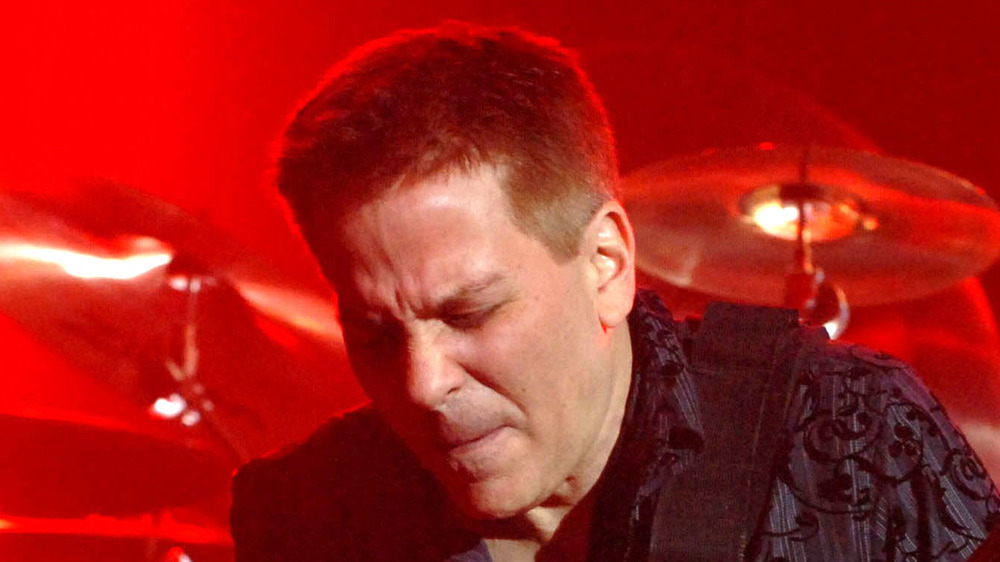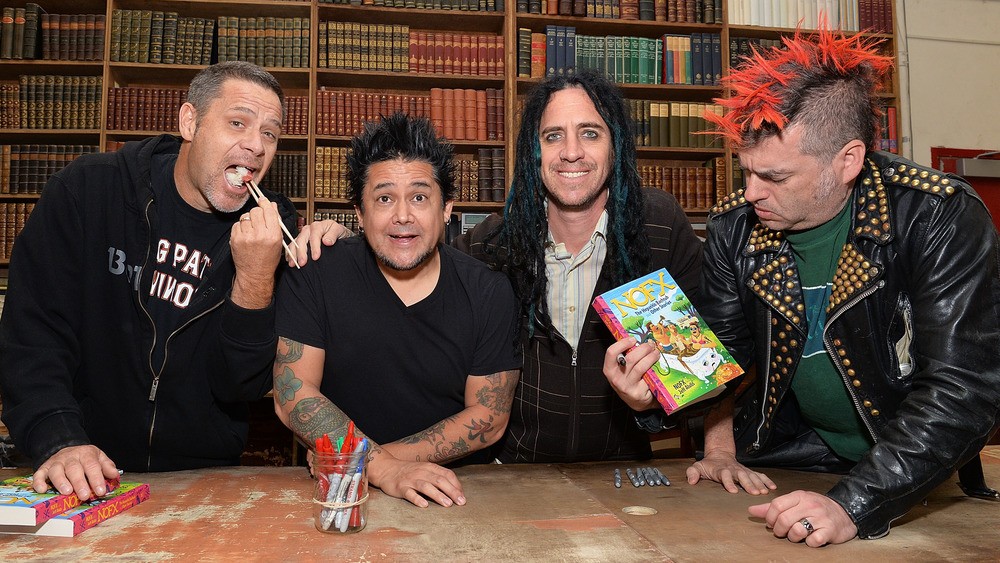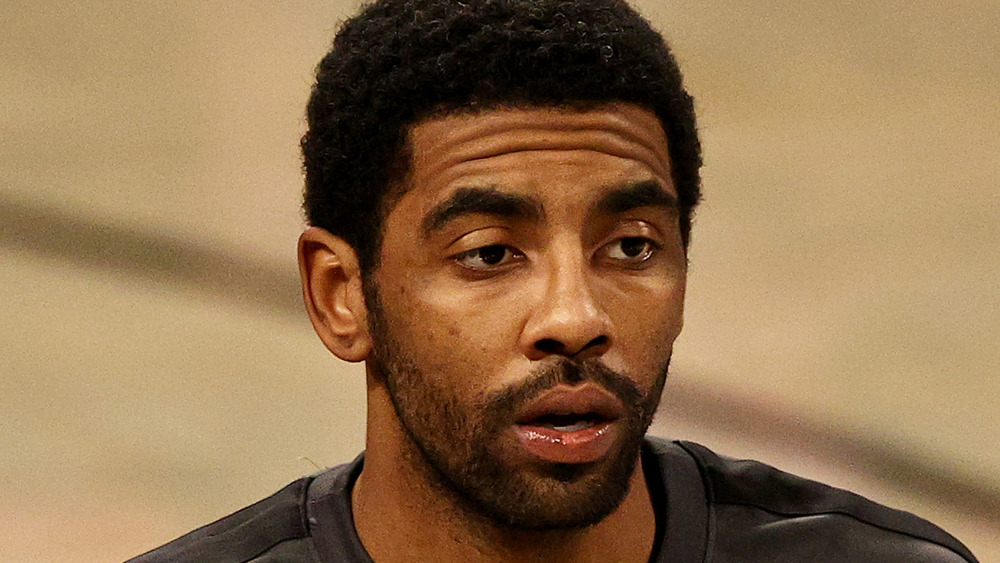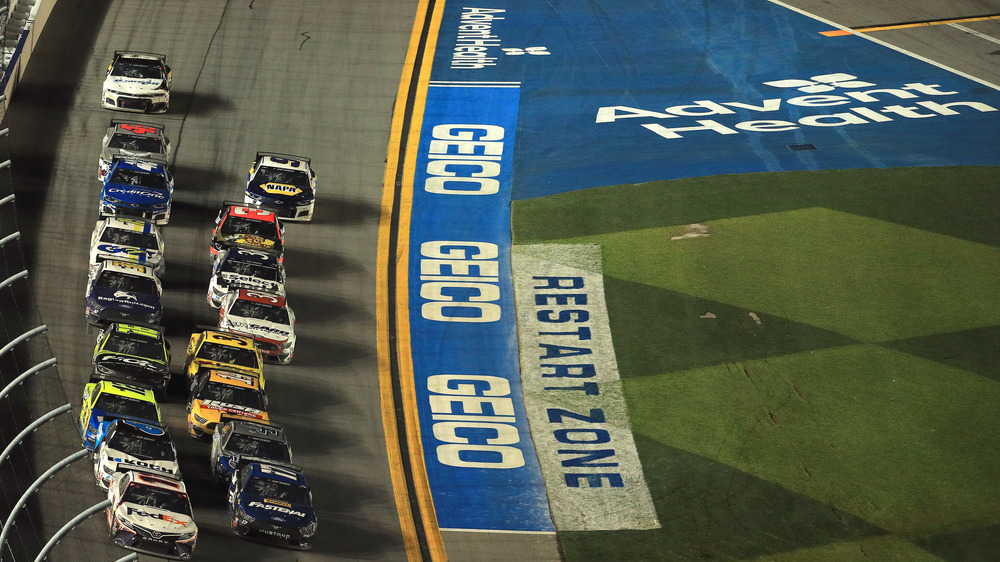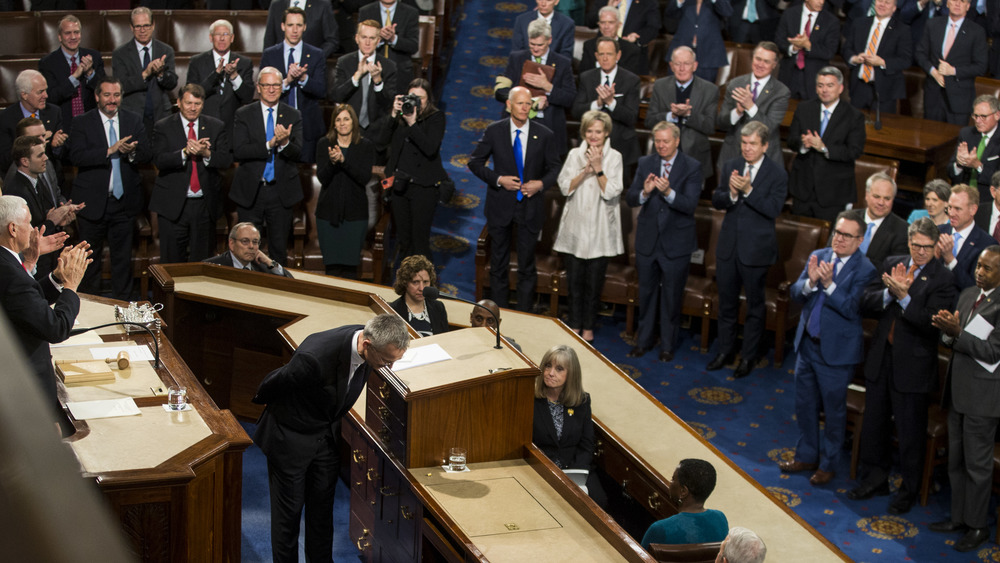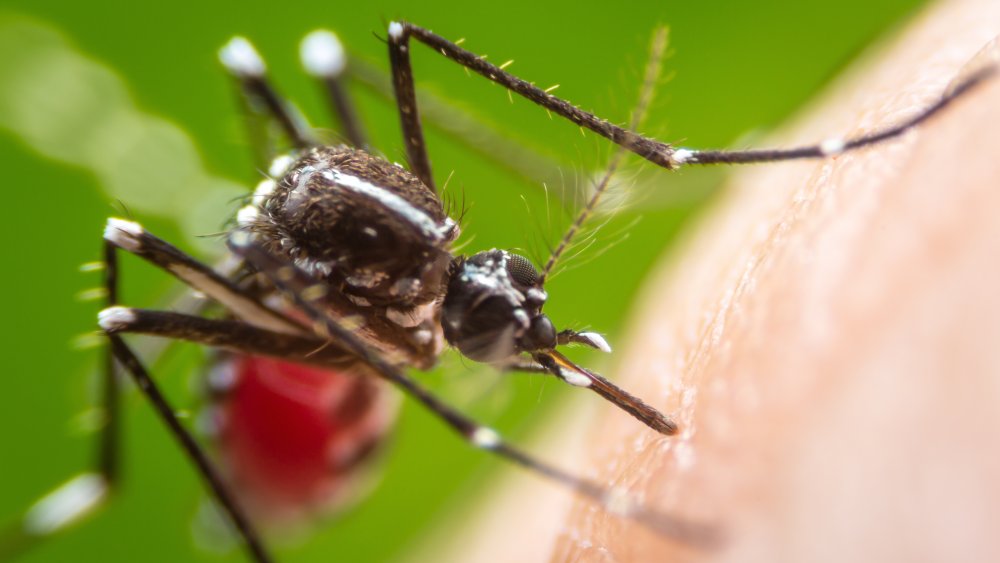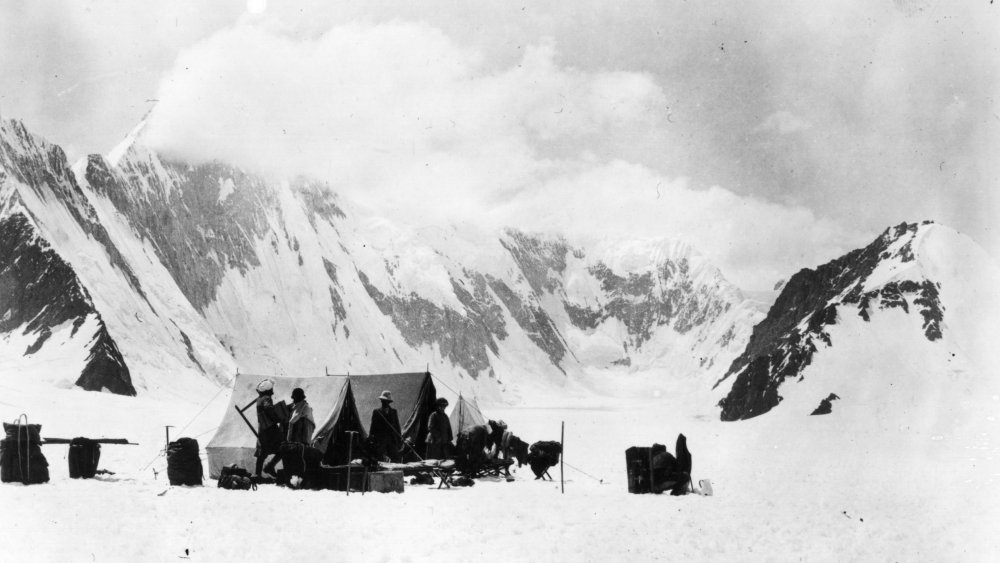
This Can Explain Why You Want to Eat Even When You’re Not Hungry

Many of us may think that our cravings are a sign that our bodies need specific vitamins and nutrients — for instance, Healthline points out that some people believe chocolate cravings are a sign of low magnesium levels. In contrast, craving meat or cheese can be interpreted to mean your iron and calcium levels are low. But science says our bodies don’t work in such a straightforward way, and cravings prove that.
Our Brains Tricks Us Into Craving Calorie-Dense Food
Scientists at the University of Liverpool say that feeling hungry isn’t just a case of meeting a biological need, as in our stomachs growl when we need nourishment, and then that same organ hits the kill switch when we’ve had enough to eat. Instead, physical hunger is controlled by physiological signals that tease our appetites until we eat and then cut off that appetite when we get full. But there’s another system inside us that tells us it’s ok to have rich or high-energy food, which is our brain reward system. Unfortunately, that reward system can override our sense of fullness or our satiety signals — and it also makes us more susceptible to temptation.

The trouble is, eating high-calorie foods (think about a gorgeous piece of chocolate cake, a chocolate chip cookie, or perhaps a bazillion-calorie cinnamon bun) isn’t always the best choice, nutrition-wise. “This expected enjoyment is a powerful motivator of our food intake,” the University of Liverpool researchers Charlotte Hardman and Carl Roberts write in The Conversation. “The sight and smell of food capture our attention, and we may start to think about how nice it would be to eat, which results in cravings and food consumption.”
A Complex Neurological System Controls Cravings
This food reward system, which is supported by our complex brain structures, may be more active in some people than in others, so their desire to give in to cravings is much stronger. Imaging scans show that the brains of people who crave chocolate regularly are more active when they see or taste chocolate than people who don’t look for this velvety treat. This same reward system also helps us build a link between certain conditions and eating food, so we end up with associations like summer means ice cream; seaside means fish and chips; and movies mean popcorn.
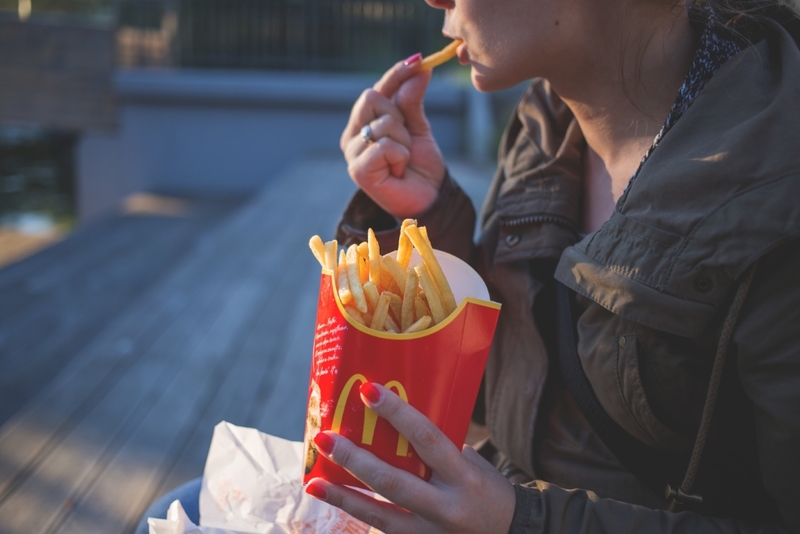
These findings are especially helpful for people who need to get their cravings under control for one reason or another. As the BBC Future points out, our world is full of triggers that can encourage these advertising and social media cravings. We see adverts for food everywhere we go; this continual bombardment of advertising affects the brain, pair that with easy access to ready-made food, and we’re bound to have cravings. But since there is no way to avoid the stimuli, scientists are now trying to get people to overcome their cravings by using the mind’s power instead. Some studies suggest that mindfulness techniques can cut cravings, and the University of Liverpool researchers also suggest developing coping strategies that keep us from eating food when we don’t need it.

The Incredible Benefits of Forest Bathing

Scientists Investigate Lake Ontario When Submarine Spots Mysterious Object

Science Might Be Able to Make Running Easier

The Coolest Things Ever Found Buried In Ice
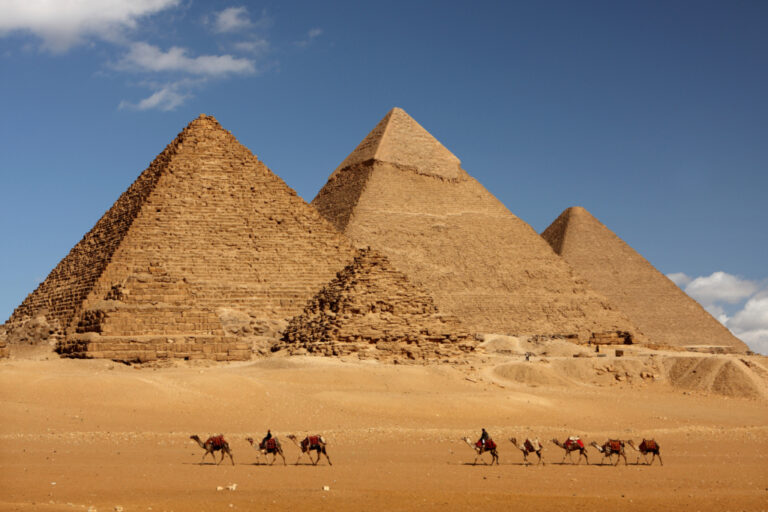
Ancient Egypt’s Most Interesting Discoveries We Know about the Pyramids
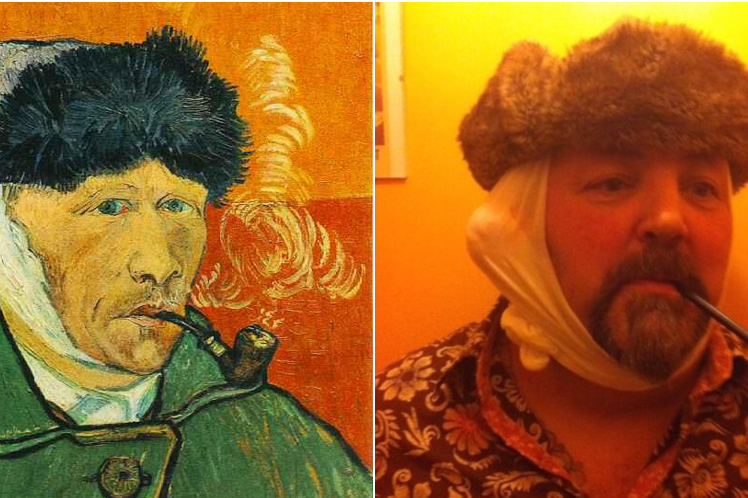
This Viral Challenge Has People Recreating Famous Paintings and the Results Are Spectacular

Teachers Who Are Out To Get Their Students

Check Out These Creative Ways Aluminum Foil Can Improve Your Life

Vintage Old Toys With Insane Value

The Worst Schools in the U.S: You’ve Been Warned
